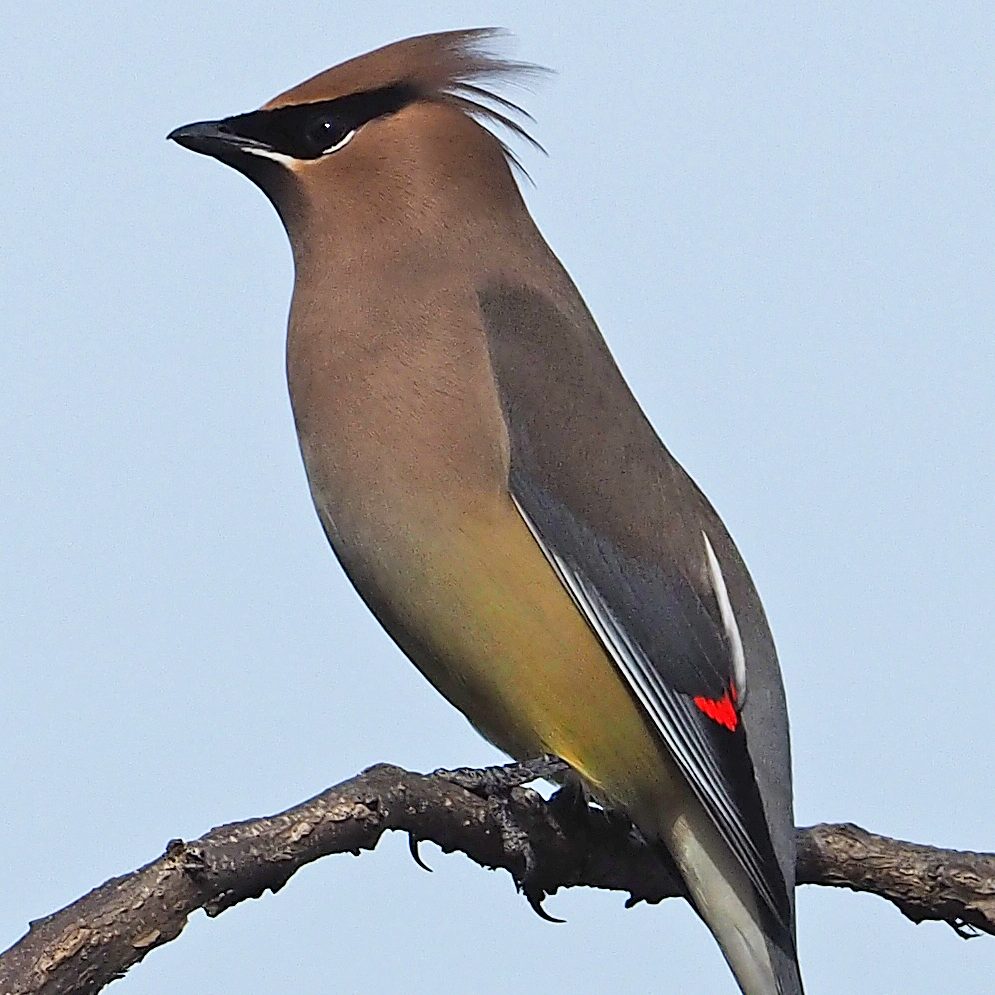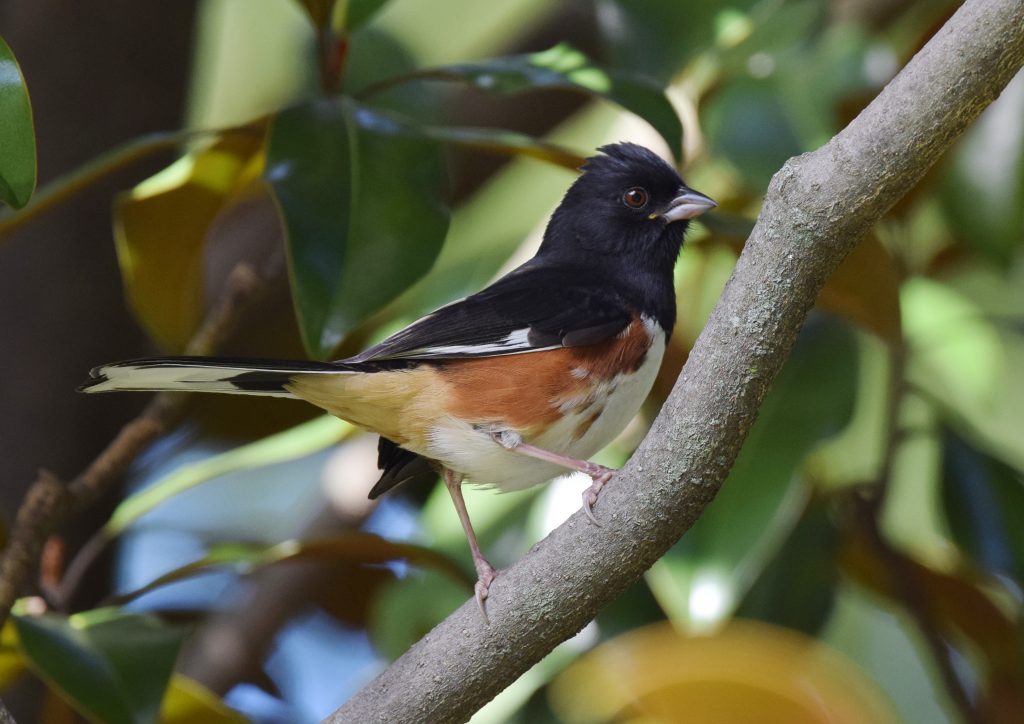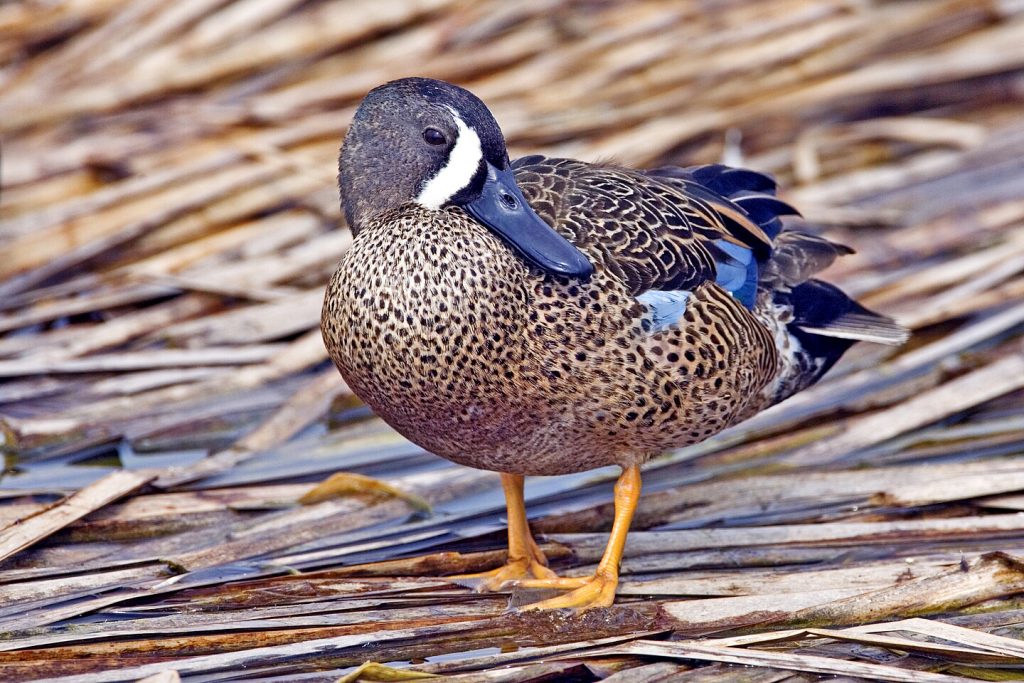Autumn is in full swing at River Legacy and life in the forest is experiencing some changes. We have covered in previous posts what some of those are. Today, we will primarily focus on the fall bird migration and the species you can enjoy seeing!
Autumn migration typically starts in late summer, around the middle to end of the month of August. The reason why many species migrate during this time is their need to find suitable temperatures and food sources in order to survive. North America is slowly entering the coldest part of the year and many species would not do well in that type of condition. Food becomes scarce so birds are forced to go back to warmer, more rich places in the southernmost parts of the U.S. (including northern Texas), Mexico, Central America, or even South America. River Legacy is fortunate to be located right in the middle of the Central Flyway, a migratory route that spans a wide swath of the central United States, Canada, and Mexico.
So what are some of the species that people can start to see this autumn and are expected to stay through the remainder of autumn and winter?
Several waterfowl are included in this group. Species such as the Canada goose (Branta canadensis), wood duck (Aix sponsa), blue-winged teal (Anas discors), and northern shoveler (Spatula clypeata) are fairly common sights.
Another group with several autumn and winter representatives are the sparrows. Some of those are the white-throated sparrow (Zonotrichia albicollis), the white-crowned sparrow (Zonotrichia leucophrys), the eastern towhee (Pipilo erythrophthalmus), and the dark-eyed junco (Junco hyemalis), among many.
Some woodpeckers, birds of prey, and other song birds also start to appear this time of year. These include, but are not in any way limited to, the yellow-bellied sapsucker (Sphyrapicus varius), the red-headed woodpecker (Melanerpes erythrocephalus), the northern flicker (Colaptes auratus), the ruby-crowned kinglet (Regulus calendula), the cedar waxwing (Bombycilla cedrorum), the brown thrasher (Toxostoma rufum), and the sharp-shinned hawk (Accipiter striatus).
Lastly, in addition to these birds moving in, you can still enjoy some of the birds that live at River Legacy all year-round. Among the common year-round species that live here are the northern cardinal (Cardinalis cardinalis), the northern mockingbird (Mimus polyglottos), the red-winged blackbird (Agelaius phoeniceus), the red-shouldered hawk (Buteo lineatus), the barred owl (Strix varia), the great horned owl (Bubo virginianus), the Bewick’s wren (Thryomanes bewickii), the eastern phoebe (Sayornis phoebe), the downy woodpecker (Dryobates pubescens), the red-bellied woodpecker (Melanerpes carolinus), the mallard (Anas platyrhynchos), and the Carolina chickadee (Poecile carolinensis).
Have you had some exciting bird sightings around River Legacy Park? Snap a picture and show us what you’ve seen by tagging us on Facebook @riverlegacyparks or on Instagram @livingsciencecenter!



